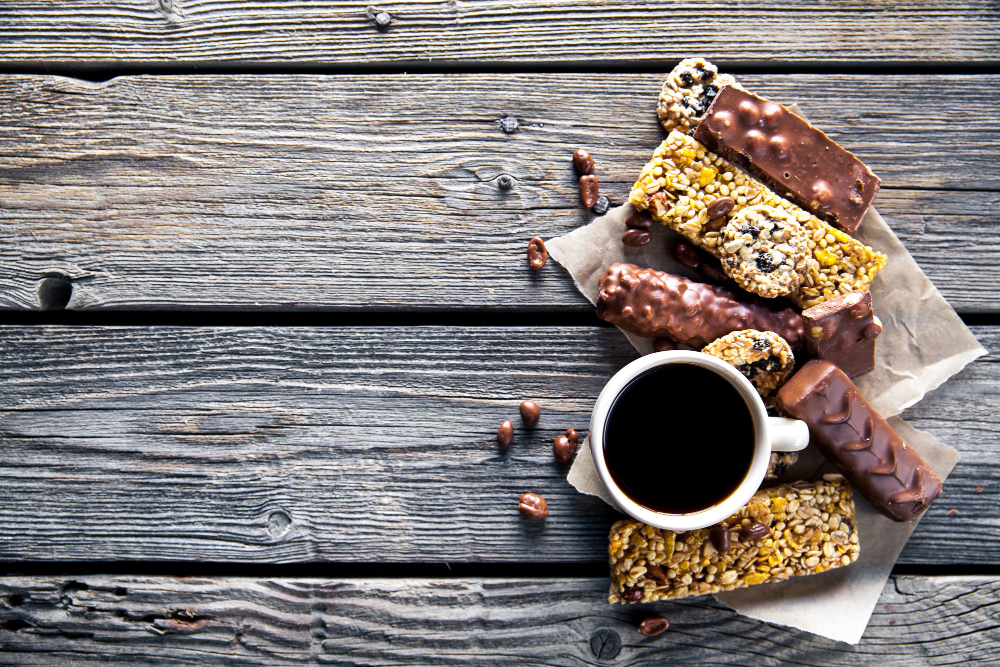Recipe for Coco Bread
Putting it in simple terms, Coco bread is unique. With a satisfyingly rich and robust texture and a buttery and tangy taste, Coco bread is a snack loved by all. Coco bread is quite popular in Jamaica and other parts of the Caribbean. It is affordable, filling, and incredibly tasty. And this makes it a popular lunchtime meal among schoolchildren and even adults.
With so many basic ingredients that you probably already have on hand, this recipe is quite simple to prepare. Because it is so delicious, you’ll want to prepare Jamaican Coco bread frequently.
An enriched, sweet dough that has been swiftly kneaded until it is soft and elastic forms the basis of homemade Coco bread. The dough is divided into portions and rolled into rounds after it has risen. They can be folded into quarters, brushed with melted butter, and then baked to create a type of pocket that is ideal for filling or using as a sandwich bun. This Jamaican Coco Bread must have been created by a sandwich enthusiast! It has the necessary structure to hold any filling you can think of while retaining that particular internal softness that we all like in bread. In addition to the beef patty mentioned earlier, we suggest putting a fried fish fillet inside the Coco bread and topping it with pickled onions, scotch bonnet pepper, and barbecue sauce. Alternatively, try warm Coco bread dipped in rich and creamy Jamaican red pea or pumpkin soup and spread with herb butter. Coco bread is a great addition to a bread basket on its own as well. Whatever stance you take, making your own Coco bread is worthwhile.
Ingredients
- 625g of all-purpose flour
- 85g sugar
- 1 teaspoon salt
- 2 ¼ teaspoons active yeast
- 56g of melted unsalted butter
- 1 ½ warm whole milk

Directions
- Mix the yeast, sugar, salt, and flour in a large bowl.
- To the dry ingredients, add the melted butter and stir thoroughly until well-mixed. Next, add the warmed milk and whisk until all the dry ingredients are combined and a little sticky dough forms.
- Scrape the dough onto a work surface that has been lightly dusted with flour, then knead it for 5 to 10 minutes, or until it becomes soft and elastic (be sure to add additional flour to prevent sticking).
- Next, clean, dry, and grease the mixing bowl. Put the dough back in the bowl, wrap it in plastic, and leave it to rise in a warm, airy place for one to two hours, or until it has nearly doubled in size. The rising period of the dough will take longer in a cold kitchen and shorter in a warm one.
- The oven temperature should be set to 350 °F (175 °C) with the rack in the middle position. Two-rimmed baking sheets should be lined with parchment paper. Spread the dough out on a work surface that has been lightly dusted with flour. The dough should be divided into 115g (4 ounce) portions for larger pieces of bread and 45g (1 1/2 ounce) portions for smaller pieces of bread. This dish makes either 25 tiny portions or 10 large pieces.
- Roll out each portion of dough, one at a time, into 1/8-inch-thick (3 mm) rounds using a rolling pin and very light flouring as needed to prevent sticking. Working with only one part of the dough at a time. Melted butter should be brushed on the round’s top surface before it is folded in half to resemble a half-moon. Add extra melted butter to the top of the half-moon, then fold it once more to create a quarter-circle. Place them on a baking sheet that has been prepared. Repeat with the remaining dough sections, leaving a gap of approximately 1 1/2 inches between each one on the baking sheet.
- Coco bread should be baked for 15 to 20 minutes, depending on how big they are. They should be baked on a single baking sheet until they are puffy and lightly golden on top. For a deeper flavour, brush the freshly baked Coco bread with extra melted butter. Serve.

Note:
This recipe can be made with just one baking sheet, though it is more effective with two: Simply divide the dough in half, roll it out, shape it into Coco pieces of bread, and bake them. Cover any leftover dough to keep it from drying out. Place the baked Coco bread loaves on a wire rack to cool briefly before placing the subsequent batch of baked Coco bread on the baking sheet. For the second batch, you can use the same parchment paper.




